We have come to Agra to see the Taj Mahal. It is one of those must-see, must-do, not-to-be-missed sites that is almost mandatory for any visit to India. And it’s worth every moment spent there.
We arrived on the 0600 express train out of Delhi, a surprisingly pleasant experience other than having to step around or over the multitude of bodies asleep on the floors and platforms of the station. Arriving in Agra, we head for the pre paid taxi booth as a ploy to avoid being ripped off by unscrupulous and suffocating drivers that close in on us the moment we get off the train. Despite displaying the rates for various forms of transport into town, the man in the booth tries to charge us 100 Rupes above the advertised price.
Welcome to Agra, a town where every tourist is subjected to constant and determined attempts to lighten the wallet of any amount of cash big or small. Someone will sidle up to us and point out the obvious such as: ‘This is the Taj Mahal’ and then hold out his hand expectantly, getting increasingly annoyed when we don’t pay him. It’s very irritating.
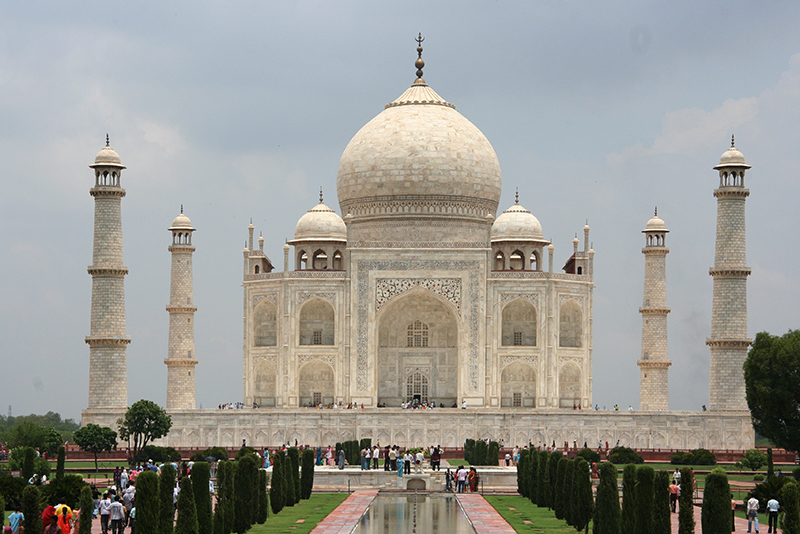 The wonderful Taj Mahal was built by Shah Jahan who was so devoted to his favourite wife, Mumtaz Mahal (Jewel of the Palace), that he could not bear to be parted from her. He insisted that she accompany him everywhere, no matter what her state of health. While travelling with him on a military campaign, she died at the age of 39 giving birth to their 14th child. On her deathbed she asked the Emperor to show the world how much they loved one another. He neglected his affairs of state, concentrating on the construction of a magnificent memorial to her.
The wonderful Taj Mahal was built by Shah Jahan who was so devoted to his favourite wife, Mumtaz Mahal (Jewel of the Palace), that he could not bear to be parted from her. He insisted that she accompany him everywhere, no matter what her state of health. While travelling with him on a military campaign, she died at the age of 39 giving birth to their 14th child. On her deathbed she asked the Emperor to show the world how much they loved one another. He neglected his affairs of state, concentrating on the construction of a magnificent memorial to her.
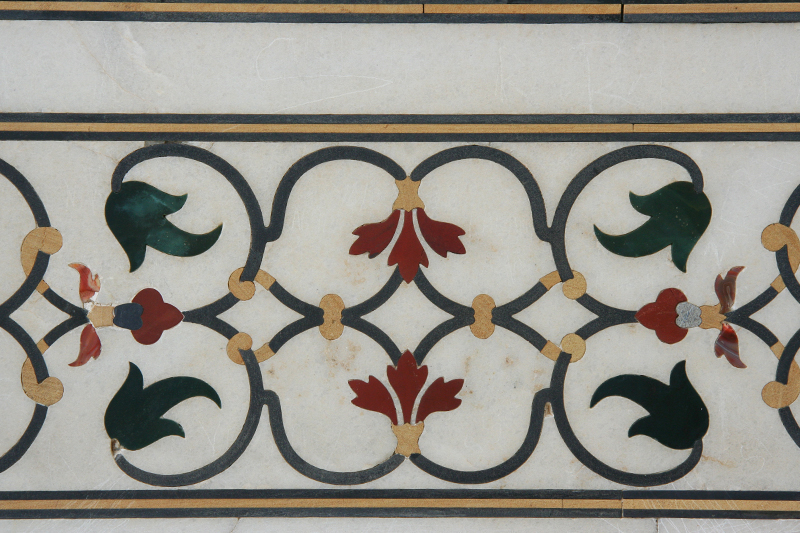 The romance of the world’s most famous building still astonishes in its power and beauty. The Indian poet Tagore wrote that the Taj Mahal was a “tear drop on the face of humanity, a building to echo the cry ‘I have not forgotten, I have not forgotten, O beloved.” Rudyard Kipling called it “the embodiment of all things pure.”
The romance of the world’s most famous building still astonishes in its power and beauty. The Indian poet Tagore wrote that the Taj Mahal was a “tear drop on the face of humanity, a building to echo the cry ‘I have not forgotten, I have not forgotten, O beloved.” Rudyard Kipling called it “the embodiment of all things pure.”
The Taj-i-Mahal (the Crown of the Palace) was started in 1632, taking 22,000 workers 22 years to complete. It core was made of red sandstone available locally and lined with marble from Makrama in Rajasthan that was transported 300Km by a fleet of 1,000 elephants. The mausoleum was adorned by semi precious stones that came from far and wide: red carmelian from Baghdad, Red, yellow and brown jasper from Punjab, green jade and crystal from China, blue lapis lazuli from Ceylon and Afghanistan, turquoise from Tibet, chyrsulite from Egypt, amethyst from Persia, Agates from Yemen, green Malachite from Russia, diamonds from India and mother of pearl from the Indian Ocean.
You quickly get the opulence of the building and the no-expense-no-detail-spared planning that went into its construction. We start at the gate of the site that is simple and unprepossessing. It gives no clue as to the magnificence of what is to come but it symbolizes the move from the secular world to paradise. Then, having passed through a pair of massive doors, we get the full force of the sudden impact of the building.
Although we know that it’s going to be stunning and we have seen innumerable pictures, nothing prepares us for the first sight of the real thing. The gleaming white marble pierces the blue sky in a vivid picturesque scene that assaults the eyes and immediately heightens all senses. The mausoleum stands on a raised marble platform, set within ornamental gardens and at the end of a long, narrow pool of water, the stillness of which reflects the Taj perfectly.
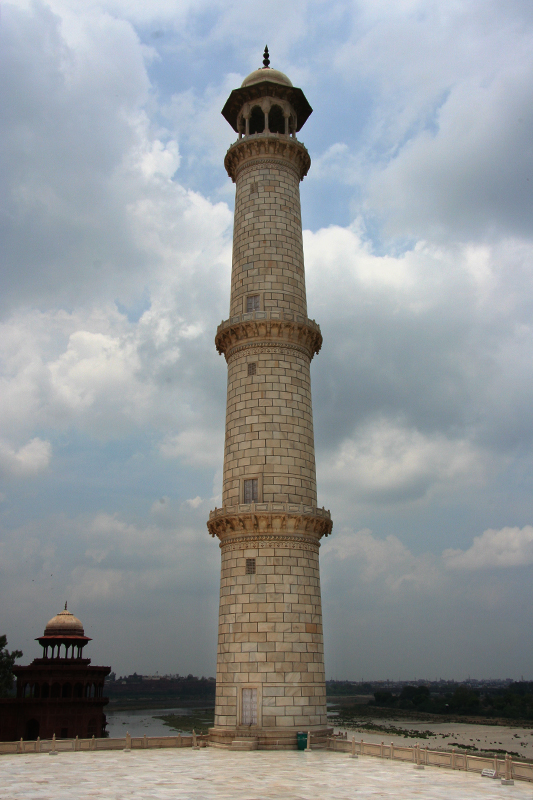 Four slender minarets guard each corner of the platform, leaning slightly away from the mausoleum so that, in the event of an earthquake, they would not harm the most precious building. The mausoleum is made from semitranslucent white marble, carved with flowers and inlaid with semi precious stone. The whole wonderful structure is crowned by four small domes surrounding a bulbous centre on which stands a 17 metre golden spire.
Four slender minarets guard each corner of the platform, leaning slightly away from the mausoleum so that, in the event of an earthquake, they would not harm the most precious building. The mausoleum is made from semitranslucent white marble, carved with flowers and inlaid with semi precious stone. The whole wonderful structure is crowned by four small domes surrounding a bulbous centre on which stands a 17 metre golden spire.
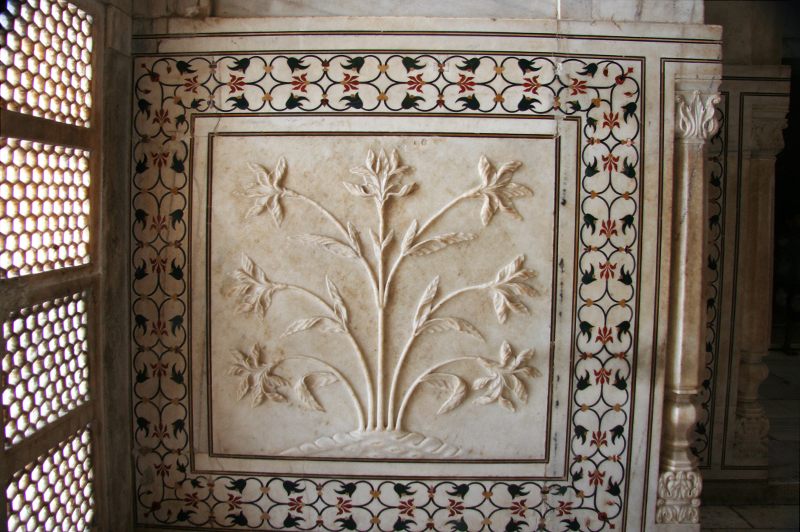 In the unique beauty of the Taj, sudbtlety is blended with grandeur and a massive overall design is matched with immaculately intricate execution. The white marble is extraordinarily luminescent and, during the time of our hugely enjoyable visit, the whole building seemed to change its hue according to the light in the sky. We experienced bright sunshine, cloud and rain that infinetly altered the face of the building, as if someone had carefully applied different shades of foundation make up.
In the unique beauty of the Taj, sudbtlety is blended with grandeur and a massive overall design is matched with immaculately intricate execution. The white marble is extraordinarily luminescent and, during the time of our hugely enjoyable visit, the whole building seemed to change its hue according to the light in the sky. We experienced bright sunshine, cloud and rain that infinetly altered the face of the building, as if someone had carefully applied different shades of foundation make up.
We must have spent a good three hours within the walls of the Taj Mahal, each time we had seen everything and it was time to leave, we would linger longer and go around again. It was difficult to tear ourselves away: the attraction seemed magnetic and we were held in its mesmerising power.
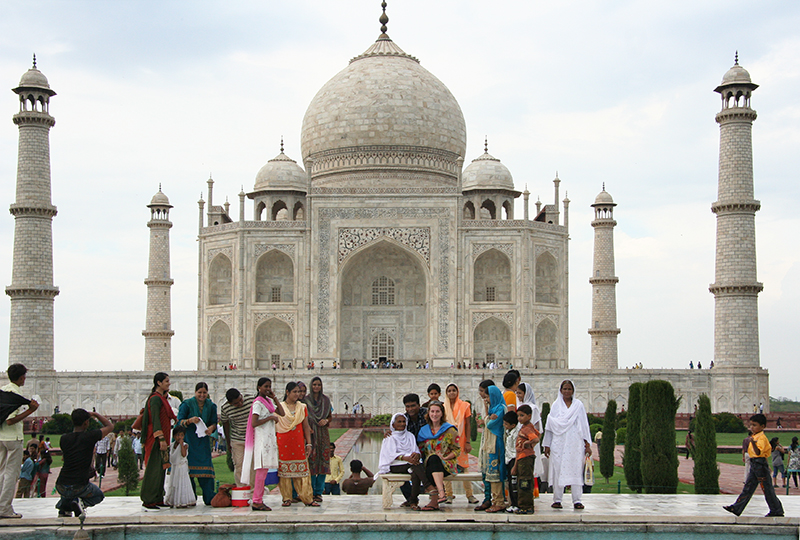 We tried to get the obligatory ‘Diana photo’ with Debbie sitting on the bench where Diana was pictured alone but it proved totally impossible. One of the other traits of Indians is that if they spot a camera being readied for a photograph they rush to include themselves in the frame. So most of my pictures of Debbie show her surrounded by an assortment of her new best friends.For some reason, I wasn’t so popular.
We tried to get the obligatory ‘Diana photo’ with Debbie sitting on the bench where Diana was pictured alone but it proved totally impossible. One of the other traits of Indians is that if they spot a camera being readied for a photograph they rush to include themselves in the frame. So most of my pictures of Debbie show her surrounded by an assortment of her new best friends.For some reason, I wasn’t so popular.
While sheltering from one of the bouts of rain, I was asked by an Indian gentleman if I would build such a wonderful structure for my beautiful wife. “Of course I would”, I replied, “just as soon as she had borne our 14th child.” No one can call me an unromantic, miserly man!
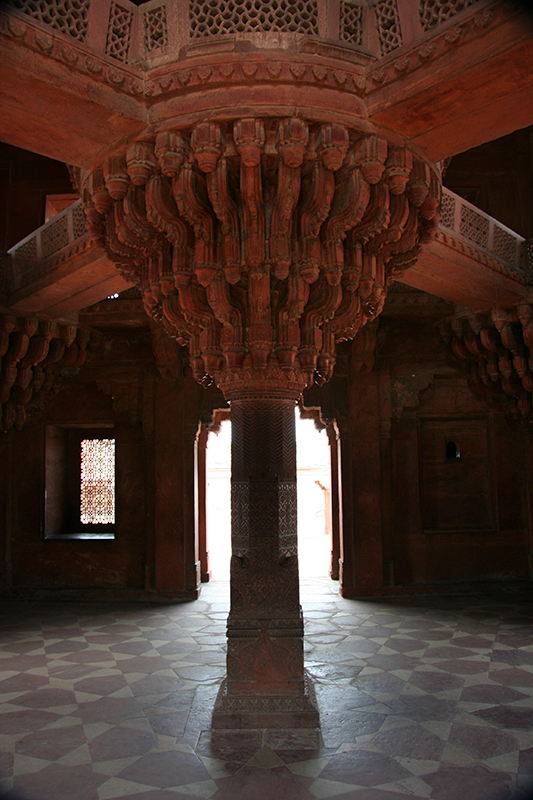 While in the area we also visited the red forts of Agra and Fatehpur Siikri both of which were at one time the capital seat of power of the Mughal Emperors. The Agra red fort is better preserved than Delhi, and Fatehpur Sikri is little known as records seem to have been lost.
While in the area we also visited the red forts of Agra and Fatehpur Siikri both of which were at one time the capital seat of power of the Mughal Emperors. The Agra red fort is better preserved than Delhi, and Fatehpur Sikri is little known as records seem to have been lost.
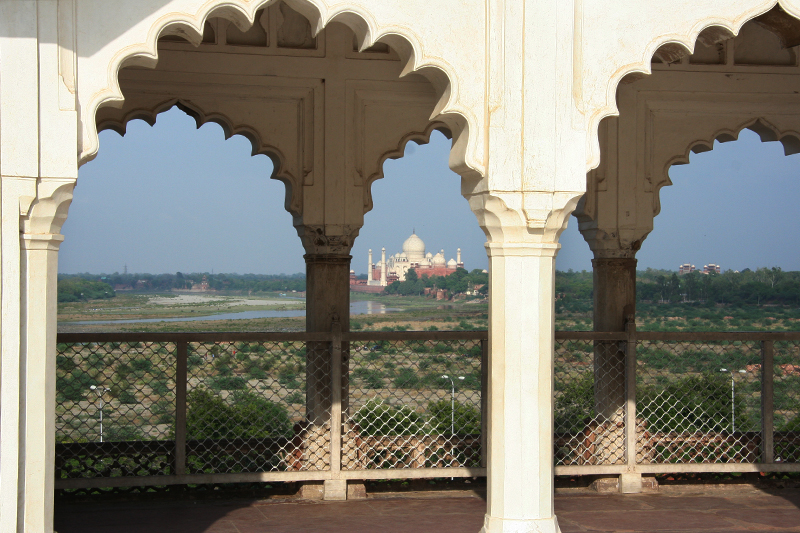 Both are laid out in the same style as Delhi with a public area separated from the private, highly opulent areas and all are incredibly well fortified with high, thick walls and moats. They both have large mosques adjoining the forts that are still in use. The red fort at Agra is the larger of the two, and is the most spacious and opulent, with far reaching views over the river towards the Taj Mahal. Fatehpur Sikiri has much less marble but much more intricately carved sandstone and still retains many of the internal paintings that decorated the walls and ceilings.
Both are laid out in the same style as Delhi with a public area separated from the private, highly opulent areas and all are incredibly well fortified with high, thick walls and moats. They both have large mosques adjoining the forts that are still in use. The red fort at Agra is the larger of the two, and is the most spacious and opulent, with far reaching views over the river towards the Taj Mahal. Fatehpur Sikiri has much less marble but much more intricately carved sandstone and still retains many of the internal paintings that decorated the walls and ceilings.
A point of genuine interest is the large courtyard that has a giant early form of backgammon tiled into the surface. Apparently, the Emperor would use slave girls as the pieces. The adjacent mosque is very large and attractive with a marble tomb centre piece dedicated to Shaikh Salim Chishti that childless women visit and tie a thread to the jails (marble lattice screens) in the hope of conceiving.
The mosque is also full of hawkers and shysters trying to get money from us under the pretence of a ‘free guide’. We have learnt that nothing in India is free and when we eventually shake him off, he calls us ‘fucking English tourists.’ Charming. We were also hassled by 6 or 7 people who wanted us to give them our used entry tickets. They would be given to the children who would use them as cards. To the skeptical, this sounded a bit thin, particularly since we hadn’t seen any children playing cards. We later learnt that it was another scam: with the connivance of the official ticket booth, our tickets would be resold to other visitors.
The drive to and from Fatehpur Sikiri took one and half hours past parched, dry fields. They were red-brown and already tilled in the expectation of the rains. The Monsoon is late this year and, if it does not arrive soon and in full force, the farmers are not going to have anything to eat let alone sell. The Times of India published an article in which a Government Minister announced that the Monsoon rains had finally arrived and that the nation could look forward to a bumper harvest. There is nothing like a government announcement to fill the heart with anger!
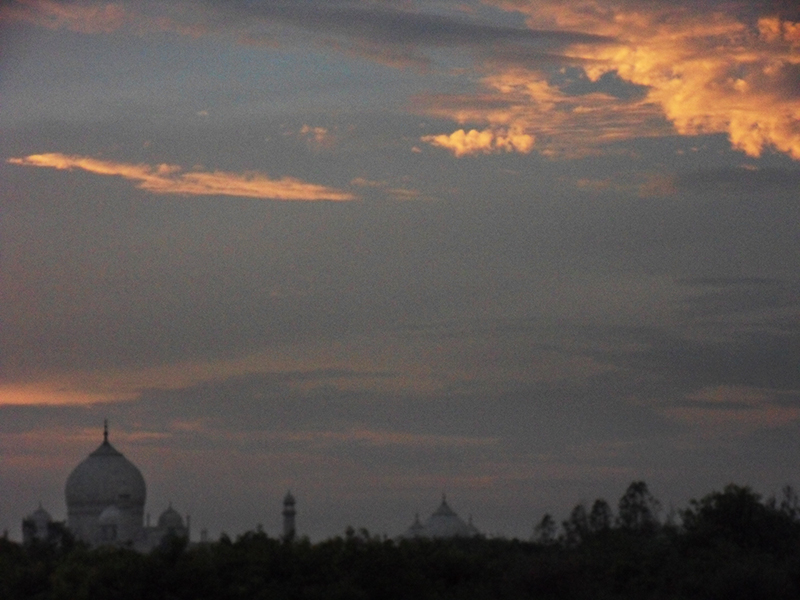 We took pre-dinner drinks on each of our nights at different bars that overlook the Taj Mahal, in the hope of capturing some photos of the great building at sunset. The cloud cover of the first monsoon rains obliterated the dying sun so that we could not get a shot of an orange glow on the crisp, white marble but instead experienced the drab greyness of the building at dusk. It cost us a six inch thick wad of notes at the fabulously expensive Oberoi Hotel and a smaller, but still painful, wedge for 2 beers on the rooftop restaurant of the dilapidated Shanti Hotel. Between them they straddled the financial boundaries of Agra accommodation and I am pleased that we did not stay at either.
We took pre-dinner drinks on each of our nights at different bars that overlook the Taj Mahal, in the hope of capturing some photos of the great building at sunset. The cloud cover of the first monsoon rains obliterated the dying sun so that we could not get a shot of an orange glow on the crisp, white marble but instead experienced the drab greyness of the building at dusk. It cost us a six inch thick wad of notes at the fabulously expensive Oberoi Hotel and a smaller, but still painful, wedge for 2 beers on the rooftop restaurant of the dilapidated Shanti Hotel. Between them they straddled the financial boundaries of Agra accommodation and I am pleased that we did not stay at either.

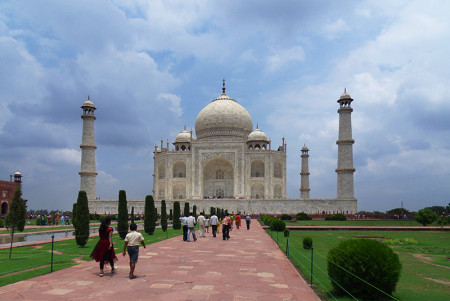

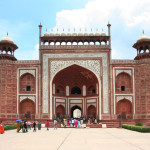

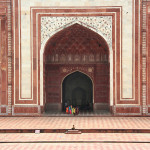
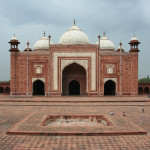
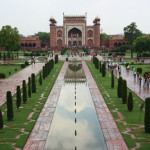

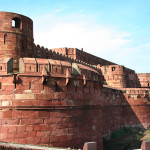
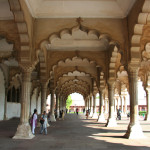
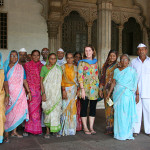
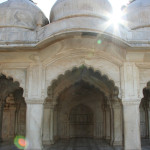
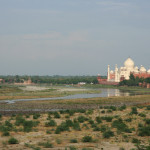
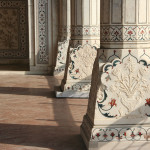
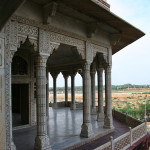
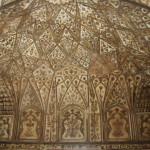
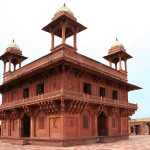
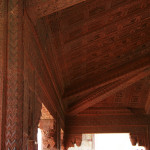
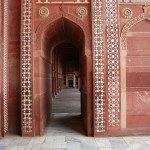
No comments yet.